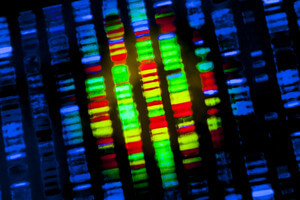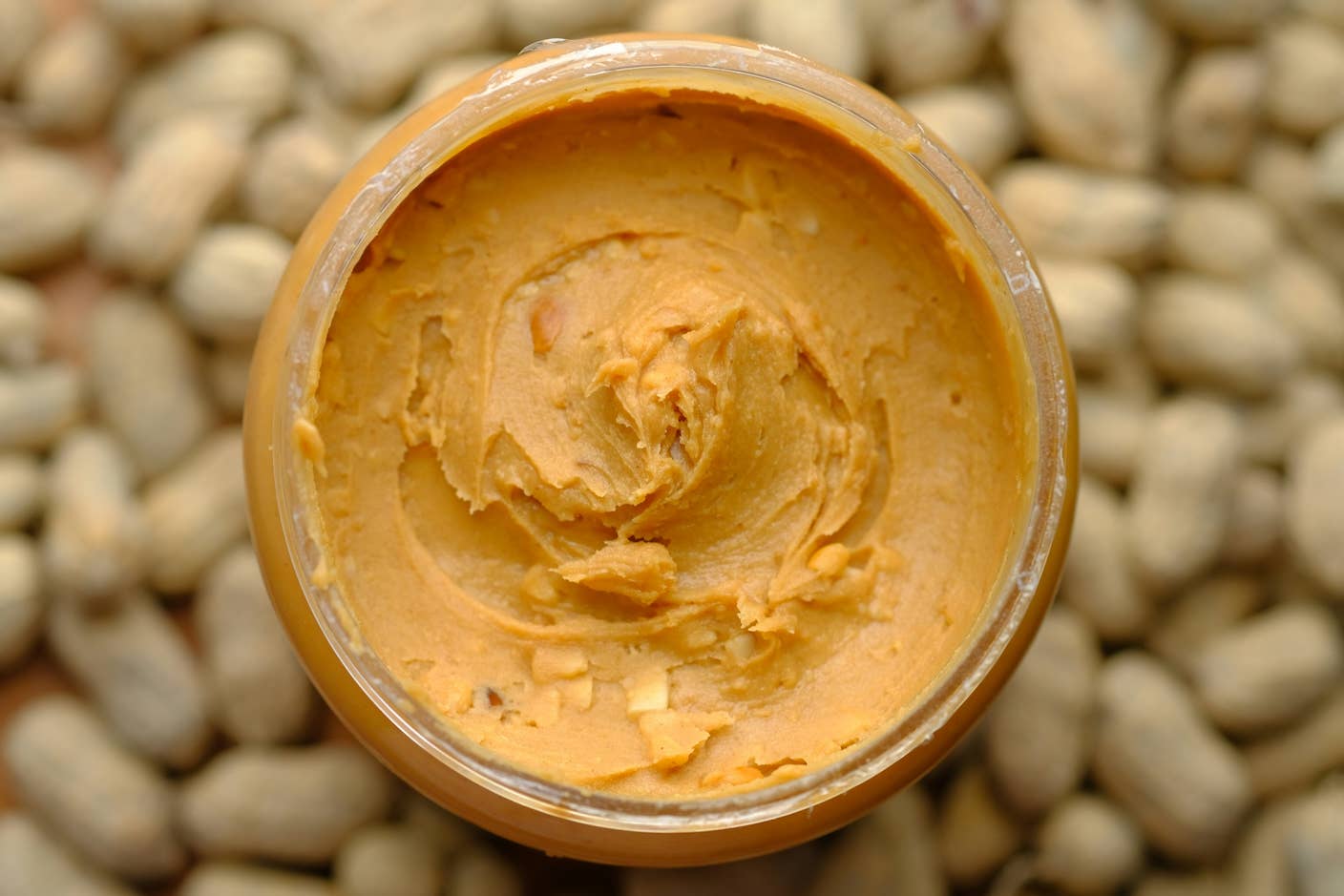Is the World Ready for Synthetic Life? Scientists Plan to Create Whole Genomes

Share
Last weekend, an invite-only group of about 150 experts convened privately at Harvard. Behind closed doors, they discussed the prospect of designing and building an entire human genome from scratch, using only a computer, a DNA synthesizer and raw materials.
The artificial genome would then be inserted into a living human cell to replace its natural DNA. The hope is that the cell “reboots,” changing its biological processes to operate based on instructions provided by the artificial DNA.
In other words, we may soon be looking at the first “artificial human cell.”
But the goal is not just Human 2.0. The project, “HGP-Write: Testing Large Synthetic Genomes in Cells,” also hopes to develop powerful new tools that push synthetic biology into exponential growth on an industrial scale. If successful, we won’t only have the biological tools to design humans as a species — we would have the ability to redesign the living world.
Manufacturing Life
At its core, synthetic biology is a marriage between engineering principles and biotechnology. If DNA sequencing is about reading DNA, genetic engineering is about editing DNA, synthetic biology is about programming new DNA — regardless of its original source — to build new forms of life.
Synthetic biologists view DNA and genes as standard biological bricks that can be used interchangeably to create and modify living cells.
The field has a plug-and-play mentality, says Dr. Jay Kiesling, a pioneer of synthetic engineering at the University of California at Berkeley. “When your hard drive dies, you can go to the nearest computer store, buy a new one, swap it out,” he says, “Why shouldn’t we use biological parts in the same way?”

To accelerate the field, Kiesling and colleagues are putting together a database of standardized DNA pieces — dubbed “BioBricks” — that can be used as puzzle pieces to assemble genetic material completely new to nature.
To Kiesling and others in the field, synthetic biology is like developing a new programming language. Cells are hardware, while DNA is the software that makes them run. With enough knowledge about how genes work, synthetic biologists believe that they will be able to write genetic programs from scratch, allowing them to build new organisms, alter nature and even guide the course of human evolution.
Similar to genetic engineering, synthetic biology gives scientists the power to tinker with natural DNA. The difference is mostly scale: genetic editing is a cut-and-paste process that adds foreign genes or changes the letters in existing genes. Often, only a few sites are changed.
Synthetic biology, on the other hand, creates genes from scratch. This allows scientists far more opportunities to make extensive changes to known genes, or even design their own. The possibilities are nearly endless.
Biodrugs, Biofuels, BioCrops
The explosion of synthetic biology in the past decade has already churned out results that thrilled both scientists and corporations.
Back in 2003, Kiesling published one of the earliest proof-of-concept studies demonstrating the power of the approach. He focused on a chemical called artemisinin, a powerful anti-malaria drug extracted from sweet wormwood that’s often the last line of defense against the disease.
Yet despite numerous attempts at cultivating the plant, yields remain extremely low.
Kiesling realized that synthetic biology offered a way to bypass the harvesting process altogether. By introducing the right genes into bacteria cells, he reasoned, the cells could turn into artemisinin-manufacturing machines, thus providing an abundant new source for the drug.
Getting there was tough. The team had to build an entirely new metabolic pathway into the cell, allowing it to process chemicals otherwise unknown to the cell.
Through trial-and-error, the team pasted together part of dozens of genes from several organisms into a custom DNA package. When they inserted the package into E. Coli, a bacteria commonly used in the lab to produce chemicals, it created a new pathway in the bacteria that allowed it to secrete artemisinin.
With more tinkering to increase efficacy, Kiesling and his team were able to bring up production by a factor of a million and reduce the drug’s price more than 10-fold.
Artemisinin was only the first step in a much larger program. The drug is a hydrocarbon, which belongs to a family of molecules often used to make biofuels. So why not use the same process to manufacture biofuels? By swapping out genes used to make artemisinin with those coding biofuel hydrocarbons, the team has already engineered multiple microbes capable of converting sugar to fuel.
Agriculture is another field poised to benefit from synthetic biology. Theoretically, we could take genes used to fix nitrogen from bacteria, put it into cells from our crops to completely alter their natural growth process. With the right combination of genes, we may be able to grow nutrition-packed crops — directed by an artificial genome — that require less water, land, energy and fertilizers.
Synthetic biology may even be used to produce completely new foods, such as flavorings created through fermentation with engineered yeast, or vegan cheeses and other animal-free milk products.
“We need to reduce carbon emissions and toxic inputs, use less land and water, combat pests, and increase soil fertility,” says Dr. Pamela Ronald, a professor at UC Davis. Synthetic biology may give us the tools to get there.
Re-creating Life
Practical applications aside, one of the ultimate goals of synthetic biology is to create a synthetic organism made exclusively from custom-designed DNA.
The main roadblock right now is technological. DNA synthesis is currently expensive, slow and prone to errors. Most existing techniques can only make DNA strands that are roughly 200 letters long, whereas genes are usually over ten times as long. The human genome contains roughly 20,000 genes that make proteins.
Be Part of the Future
Sign up to receive top stories about groundbreaking technologies and visionary thinkers from SingularityHub.


That said, costs for DNA synthesis have been rapidly dropping over the past decade.
According to Dr. Drew Endy, a geneticist at Stanford University, the cost of sequencing an individual letter has plummeted from $4 in 2003 to a mere 3 cents now. The estimated cost of printing all 3 billion letters of the human genome at the moment is a staggering $90 million, although that is expected to drop to $100,000 within 20 years if the trend continues.
An increasingly reasonable price tag has already opened doors to whole-genome synthesis.
Back in the 90s, Craig Venter, best known for his leading role in sequencing the human genome, began investigating the minimal set of genes required to make life. Together with colleagues at the Institute for Genomic Research, Venter removed genes from a bacterium Mycoplasma genitalium to identify those critical to life.
In 2008, Venter pieced together these “essential genes” and built the entire new “minimal” genome from a soup of chemicals using DNA synthesis.
Several years later, Venter transplanted the artificial genome into a second bacterium. The genes took over and “rebooted” the cell, allowing it to grow and self-replicate — the first living organism with a completely synthetic genome.
From Bacteria to Human
The new venture, if funded, would replicate Venter’s experiments using our own genome. Given that the human genome is nearly 5,000 times larger than Venter’s bacterium, it’s hard to say just how much more difficult the synthesis might be.
Even if that goal fails, however, the field is still bound to take a quantum leap forward. According to Dr. George Church, a leading geneticist at Harvard Medical School, the project could generate technological advances that improve our general ability to synthesize long strings of DNA — regardless of origin.
In fact, Church stressed that the project’s main goal is advancing technology.
But many are skeptical. According to Endy, who was invited to the meeting but decided to bow out, the project was originally named “HGP2: The Human Genome Synthesis Project,” and its primary goal was “to synthesize a complete human genome in a cell line within a period of 10 years.”
It’s perhaps not a surprise that news of the meeting caused a stir.
Regardless of its actual goals, the project raises the prospect of building custom-designed humans, or even semi-humans who have computers as parents.
The associated risks are easy to imagine and undoubtedly terrifying: how safe is it to directly manipulate or build life? How likely are accidents that unleash new organisms on an unprepared world? Who owns and has access to the technology? Would it breed new discrimination or further separate the 1% from the 99%?
“You can’t possibly begin to do something like this if you don’t have a value system in place that allows you to map concepts of ethics, beauty, and aesthetics onto our own existence,” says Endy.
“Given that human genome synthesis is a technology that can completely redefine the core of what now joins all of humanity together as a species, we argue that discussions of making such capacities real…should not take place without open and advance consideration of whether it is morally right to proceed,” he said.
Image Credit: Shutterstock.com
Dr. Shelly Xuelai Fan is a neuroscientist-turned-science-writer. She's fascinated with research about the brain, AI, longevity, biotech, and especially their intersection. As a digital nomad, she enjoys exploring new cultures, local foods, and the great outdoors.
Related Articles

New Gene Drive Stops the Spread of Malaria—Without Killing Any Mosquitoes

New Immune Treatment May Suppress HIV—No Daily Pills Required

Scientists Just Developed a Lasting Vaccine to Prevent Deadly Allergic Reactions
What we’re reading